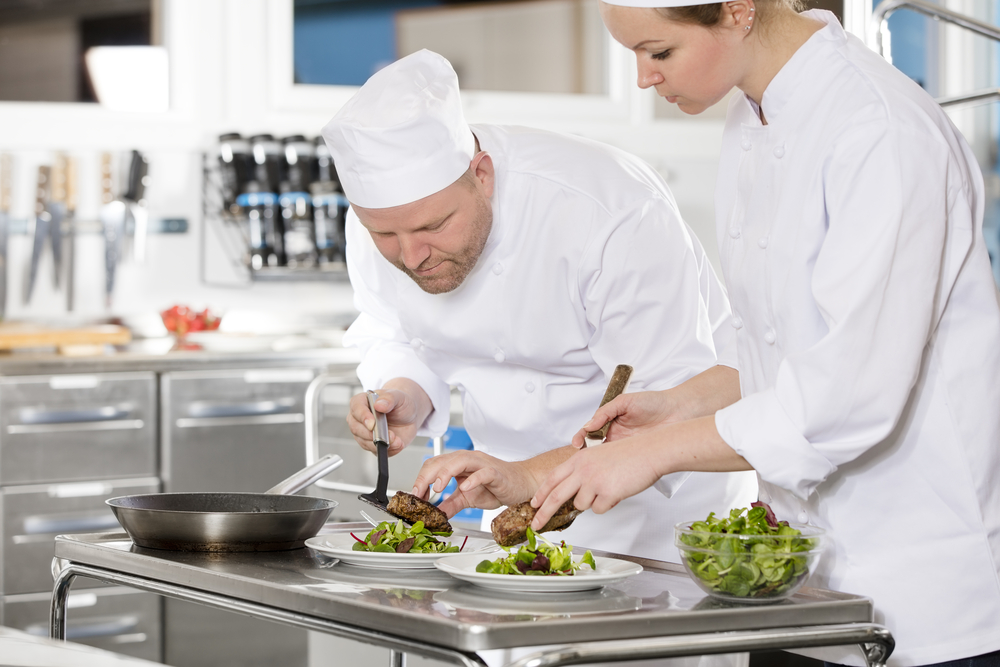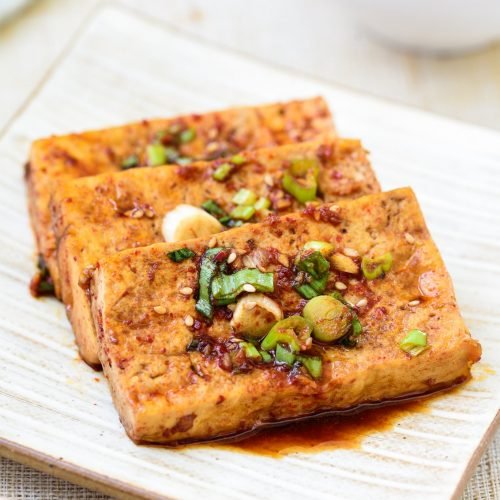
Understanding the science of cooking taste is critical to producing delicious dishes. It is possible to learn more about the five flavors that our bodies recognize, and then incorporate them into various dishes. Some dishes use all five flavors, while others only have one or two. For the best results, be sure to constantly taste your food and adjust any flavors you may have before cooking. You must also learn how to season food properly. In this article we will look at some ingredients and techniques to enhance flavor and umami.
Science behind food flavor
You're not the only one wondering why some foods taste better than others. Scientists are studying how the brain works and are actively trying to discover more receptors that can detect food flavors. Aside from protein, proteins in other foods also contribute to flavor and are known to make dishes more appealing. A complex combination of many chemical properties creates the flavor of foods. The first step is to smell and taste the food. Next, enzymes in your saliva process the food. The next step is to move the food on the tongue's lips. These tiny bumps contain 50 to 100 taste cell. Each taste cell is folded in a way that looks like a bouquet and has a chemical sensor that converts it into taste. This process is called "flavor perception."
Additives that enhance flavor
Good cooks know how to add flavor and texture to their dishes. They keep a variety of condiments, produce staples, and spice mixtures in their pantry. These ingredients can speed up the process of cooking, add flavor and reduce prep time. These ingredients are essential for great meals. These are my top picks:

Techniques to enhance the flavor
The best dishes emphasize the layers of flavour in the ingredients. You can achieve this by using a variety of techniques. Each step in the process adds depth to a dish. You can't miss any step. The addition of salt before cooking can counterbalance the sweetness of an ingredient and enhance its natural sweetness.
Ingredients that increase umami
The taste of umami is not a distinctively Chinese trait. It's a common flavor in many foods, but not only Asian cuisine. The amino acid glutamate gives the flavor. Although monosodium glutamate has a bad reputation, it is an ingredient that is safe for cooking. Monosodium glutamamate is an amin acid that naturally occurs within foods. The U.S. Food and Drug Administration (FDA) considers it a safe ingredient.
Additives that increase bitterness
It is possible to combine bitter and sweet ingredients in your cooking. For example, bitter chocolate is often more delicious than milk chocolate, which lacks the contrast between its sweetness and bitterness. Salt can be used to reduce bitterness in desserts. You might want to try salting bitter ingredients. Here are some suggestions to balance bitterness in dishes

FAQ
Is there any difference between a chef or a cook.
A chef cooks for others. A cook prepares the food for oneself. A chef, on the other hand, works directly with customers. This may mean that they might have to choose what to cook for guests depending on their preferences. Cooks don't interact with customers. Instead, they ensure that the food tastes delicious before they serve it to others.
How can I get hired to be a chef?
A culinary arts degree is the first step to a career as a chef. Next, you should join a professional association such as the American Culinary Federation (ACF). This organization provides certification exams and offers networking opportunities.
How do you learn to cook the best?
Cooking is one of those things that everyone should know how to do. Cooking is a skill that will allow you to enjoy delicious food. To learn how to cook, you must first find a recipe you like and then follow it carefully. You'll then want to practice small adjustments until you feel confident making the dish. Next, you can cook for others. This will not only help you cook better, but it will also test your skills.
Can I learn how to cook together with my children?
Yes! Yes! It's a fun activity which teaches children responsibility and teamwork. The whole process can be done by children, including washing and chopping vegetables. Your children will be more comfortable helping you cook if you teach them safe techniques for handling knives.
What is the minimum requirement to become a chef?
No. Many chefs started their careers by learning on their own. Some even went on to culinary school to gain work experience. Culinary school is preferred by most chefs because they have more opportunities to grow and learn. Culinary schools offer hands-on training which allows students to improve their skills and knowledge of cooking.
Statistics
- On average, chefs earn $58,740 a year, according to the BLS. - learnhowtobecome.org
- According to the BLS, chefs earn $58,740 a year. (learnhowtobecome.org)
- The median pay for a chef or head cook is $53,380 per year or $25.66/hour, according to the U.S. Bureau of Labor Statistics (BLS). (learnhowtobecome.org)
External Links
How To
How to make a perfect Omelette
Omelets are a favorite breakfast food of mine. But how do you create them perfectly? I've tried many recipes and different methods but none have worked. Today, I'd like to share some tips with you in order to make delicious and fluffy omelets every day.
We should first know that eggs are very temperamental ingredients when making omelets. Eggs must be purchased fresh, preferably organic, and kept chilled until ready for cooking. If they are not kept cold enough, the whites won’t form properly. The yolks will also break down too quickly and become runny. This will make your omelets appear strangely colored. If you plan to cook the eggs right away, it is best to use room temperature eggs.
You can also separate the egg before you add it to the pan. The yolk and white should not be mixed together as this can cause the omelet's curdle.
If you add the egg directly onto the stovetop, you might end up burning the bottom part of the egg, which would ruin the texture of your omelet. Instead, put the egg in the microwave for 10 seconds before putting it into the pan. The heat from the microwave cooks the egg just enough without overcooking it.
Next, let us talk about how to mix the eggs. You want to mix the eggs thoroughly before you add them. To do this, grab the bowl of the mixer and turn it upside down. Then, vigorously shake the bowl. The egg will be thoroughly mixed in the bowl as the air is whipped.
Now comes the fun part: adding the milk to your mixture. Fold the eggs in the milk mixture by first pouring half of it into the egg whites. You don't need to worry if streaks remain. They will disappear once you flip your omelet.
After folding the eggs, place the pan on medium heat and wait for the oil to start sizzling. Once the oil has gotten hot, add 1/4 cup of butter and swirl it around so that the entire pan is coated. Open the lid and sprinkle salt on the pan. A pinch of salt will prevent your omelet from sticking in the pan.
Cover the pan once you have formed the omelet. Wait for the top to set. Flip the omelet by using a spatula. Cook the other side for another minute or two. Serve the omelet immediately by removing it from the pan.
This recipe is best when used with whole milk. But, you can use skimmed milk as well.